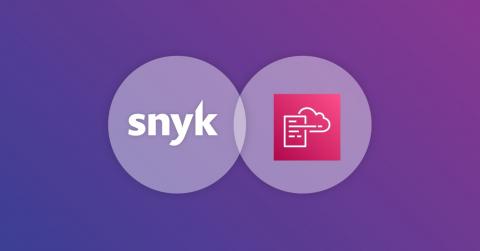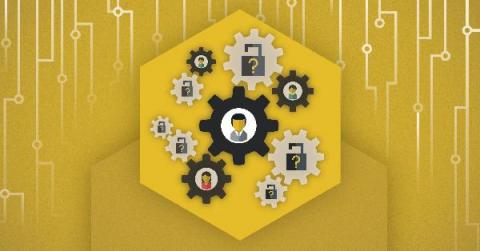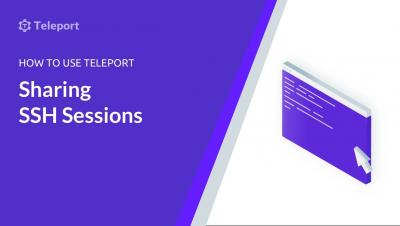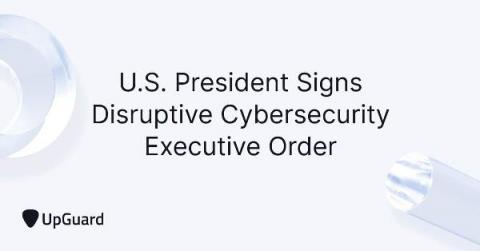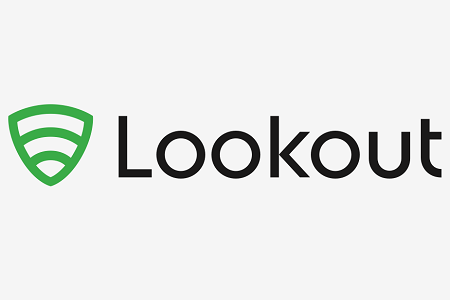Snyk Container is now an extension in the AWS CloudFormation Registry
Snyk is excited to announce the general availability of Snyk Container as an officially supported and published extension in the AWS CloudFormation Registry! The CloudFormation Registry lets you manage the extensions that are available for use in your CloudFormation account. Public third-party extensions, like Snyk Container, are made available in the registry for use by all CloudFormation users alongside those published by Amazon and must be activated before use on your account.


